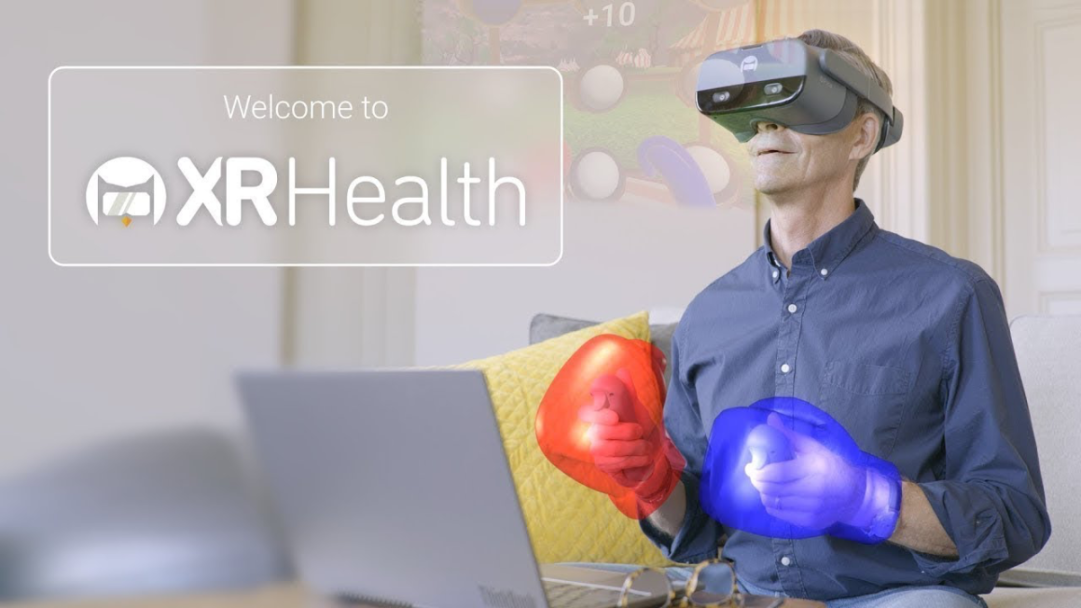Heading 2: Virtual Reality (VR) Therapy for Mental Health
Imagine a world where your therapist isn’t a person sitting across from you in a dimly lit office, but a friendly avatar guiding you through a serene virtual forest. Sounds like science fiction, right? Well, welcome to the future of mental health treatment. Virtual reality (VR) therapy is rapidly emerging as a powerful tool for addressing a wide range of mental health conditions.
How Does VR Therapy Work?

VR therapy involves immersing patients in simulated environments using a headset and controllers. These environments can be anything from a bustling city street to a tranquil beach. By manipulating the virtual world, therapists can create controlled and therapeutic experiences tailored to the patient’s specific needs.
The Benefits of VR Therapy
Enhanced Engagement: VR therapy offers a more engaging and immersive experience compared to traditional talk therapy. Patients may feel more comfortable and open to exploring their emotions in a virtual setting.

VR Therapy in Action
One example of VR therapy in action is the use of virtual reality exposure therapy for PTSD. Patients may be exposed to virtual simulations of traumatic events, such as a war zone or a car accident. As they gradually navigate these simulations, they learn to manage their fear responses and develop coping mechanisms.
Another application of VR therapy is in the treatment of phobias. For example, patients with a fear of heights can be exposed to a virtual skyscraper, allowing them to confront their fear in a safe and controlled setting.
The Future of VR Therapy
As VR technology continues to advance, we can expect to see even more innovative applications in the field of mental health. For example, researchers are exploring the use of VR to treat eating disorders by creating virtual environments that promote healthy eating habits.
While VR therapy shows great promise, it’s important to note that it is not a substitute for traditional therapy. It is often used in conjunction with other treatment modalities to provide a comprehensive approach to mental health care.
VR therapy represents a significant step forward in the treatment of mental health conditions. By offering immersive and engaging experiences, VR can help patients overcome their challenges and improve their quality of life. As technology continues to evolve, we can expect to see even more exciting developments in this field.
 Udento Lifestyle & Health
Udento Lifestyle & Health




